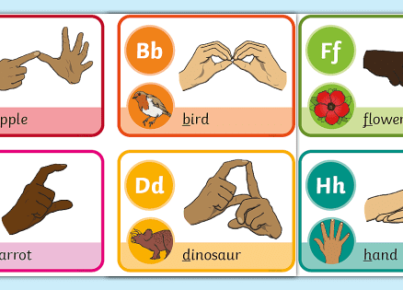Introduction:
Imagine yourself immersed in a world of fantasy, knights, and royalty, where magical beings and talking animals traverse enchanted pathways. This realm of storytelling, known as fairy tales, has the unique ability to captivate our imagination and introduce us to characters that have become icons of our childhood. However, there’s a deeper enchantment in fairy tales – their ability to teach us languages with ease. Let’s explore how learning new languages through these beloved stories can not only be enjoyable but also incredibly efficient.
The Benefits of Learning Languages through Fairy Tales:
1. Familiarity and Context:
Fairy tales are often popular stories that have been passed down for generations, making them familiar across cultures. By using them to learn new languages, you already have a basic understanding of the plot, allowing you to focus on language nuances rather than entirely on meaning.
2. Vocabulary Expansion:
The repetition of common phrases and expressions throughout fairy tales helps learners memorize new vocabulary with ease. Different settings and magical creatures encountered in these stories also enable exposure to a wide range of terms applicable to real-life situations.
3. Engagement:
Fairy tales are quite short and engaging, making them fantastic tools for language learning. Their entrancing plots pull the reader in, encouraging deeper connections with the characters while practicing contextual understanding.
4. Cultural Insights:
Many fairy tales carry underlying messages that reveal cultural values and history. By exploring these elements through the lens of different languages and regions, language learners gain valuable insights into diverse traditions and customs.
How to Effectively Learn Language Through Fairy Tales:
1. Begin with Audiobooks:
Start by listening to a fairy tale in your target language as an audiobook. This will help you get acquainted with the pronunciation and pacing while allowing you to visualize the story without textual support.
2. Read Aloud Alongside Translated Text:
Find a translated version of the fairy tale in both your target language and native language. Read the text out loud in your target language while comparing it to its counterpart. This will enable you to dissect sentence structures, grammar, and vocabulary.
3. Join a Language Exchange Group:
Meet up with native speakers or other learners who share the same fascination for fairy tales. Discuss and analyze the stories together in your target language, while providing feedback and assistance to one another.
4. Keep Notes and Review Regularly:
As you progress, make sure to take notes on any new vocabulary or phrases that you encounter. Reviewing them regularly will help reinforce your learning and solidify your understanding of the language.
Conclusion:
Embarking on a journey through the enchanting world of fairy tales can be an enjoyable and rewarding method for learning a new language. By employing these strategies, you’ll experience the magic for yourself as you watch your language skills grow faster than Jack’s beanstalk. So next time you pick up a book of classic stories, remember that there’s more to them than just “happily ever after.”



